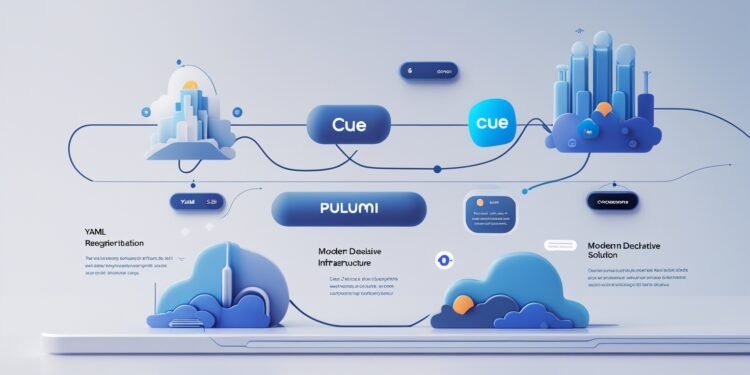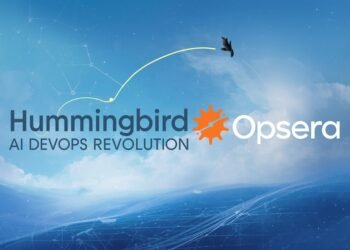YAML Fatigue Is Real
Let’s be honest: YAML helped define the modern DevOps era. But in 2025? It’s showing its age. Engineers are drowning in indentation errors, wrestling with unreadable config files, and debugging whitespace instead of shipping software.
Declarative infrastructure isn’t going away—but the way we declare it? That’s evolving fast.
🚨 The Problem With YAML-Centric Infra
YAML was never meant to be the foundation for infrastructure as code. Yet in Kubernetes, CI/CD pipelines, Helm charts, and GitOps workflows… it became the default.
The downsides:
- No type safety
- Difficult to validate and lint at scale
- Terrible for reusability
- A breeding ground for copy/paste errors
- Nightmares during merge conflicts
Developers are asking a critical question:
Is there a better way to define infrastructure declaratively—without getting lost in the YAML swamp?
🚀 What’s Replacing It?
Here’s where things get exciting. In 2025, teams are moving toward tools that offer typed, composable, testable infrastructure code—without giving up the declarative benefits.
Let’s break it down:
🛠️ Pulumi
- Allows you to define infrastructure using general-purpose languages like Python, TypeScript, Go, and C#.
- Enables code reuse, version control, testing, and modular design.
- Still deploys declaratively—but written imperatively.
➡️ You still get a Kubernetes cluster—but now you can define it with loops, logic, and real structure.
📜 Terraform CDK
- Same idea, but for Terraform users.
- Define HCL-like resources using supported programming languages.
- Strong typing and code composition are key benefits.
➡️ Great for shops already all-in on Terraform but tired of rigid DSLs.
🧠 Cue (Configuration Unification Engine)
- A language created specifically for configuration.
- Merges declarative and functional programming.
- Validates config as code, supports schemas, and can generate YAML as output.
➡️ YAML-compatible… but infinitely more powerful and error-resistant.
🧩 Crossplane
- Kubernetes-native control plane for managing infra using CRDs.
- Lets you define cloud infrastructure with Kubernetes YAML—but adds composition, abstraction, and policy enforcement.
➡️ Think: GitOps for your cloud providers—without Terraform.
🔒 Why This Matters for DevOps in 2025
We’re not just managing infrastructure anymore—we’re managing platforms, security boundaries, compliance, and developer experience. YAML alone can’t carry that weight.
The new generation of declarative infra tools provides:
- ✅ Strong validation + linting
- ✅ Support for versioned modules
- ✅ Testing of configurations before deployment
- ✅ Better onboarding for developers
- ✅ Smoother integration with policy-as-code (OPA, Kyverno)
In a world of microservices, multi-cloud, and zero-trust security… infra-as-code must be auditable, composable, and intelligent.
🤔 So… Is YAML Dead?
Not yet. But it’s no longer the only game in town.
We’re moving into a post-YAML era—where teams demand developer-friendly infrastructure tooling, intelligent pipelines, and systems that don’t break because someone added a tab instead of spaces.
If your DevOps setup is still running on brittle YAML at scale in 2025, it’s not a badge of honor—it’s a ticking time bomb.
💬 Final Word: Declare Smarter, Not Harder
Declarative infrastructure is more important than ever—but it’s time we evolve beyond the limitations of raw YAML.
Tools like Pulumi, Terraform CDK, Cue, and Crossplane are paving the path forward, empowering developers to write infrastructure the same way they write code: with clarity, confidence, and control.
Ready for what’s next in DevOps, security, and AI-powered infrastructure?
👉 Subscribe at LevelAct.com — where tomorrow’s tech is built today.


















